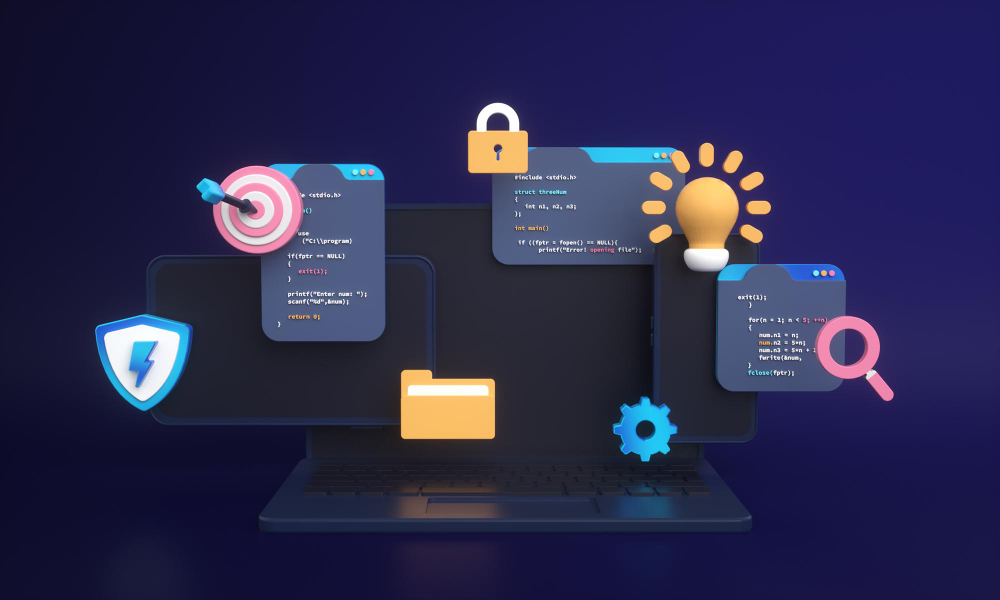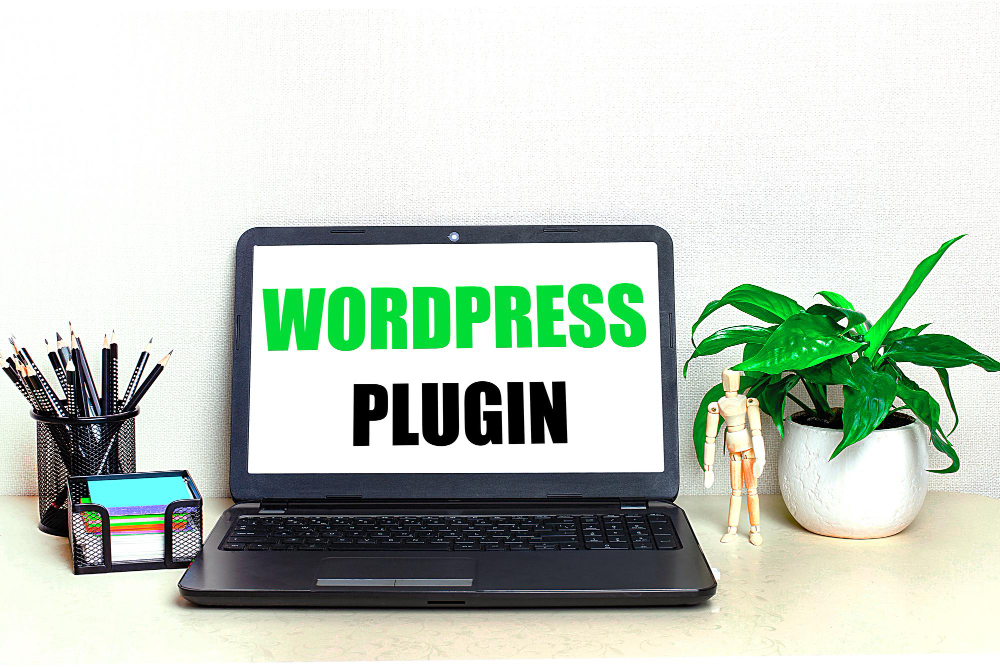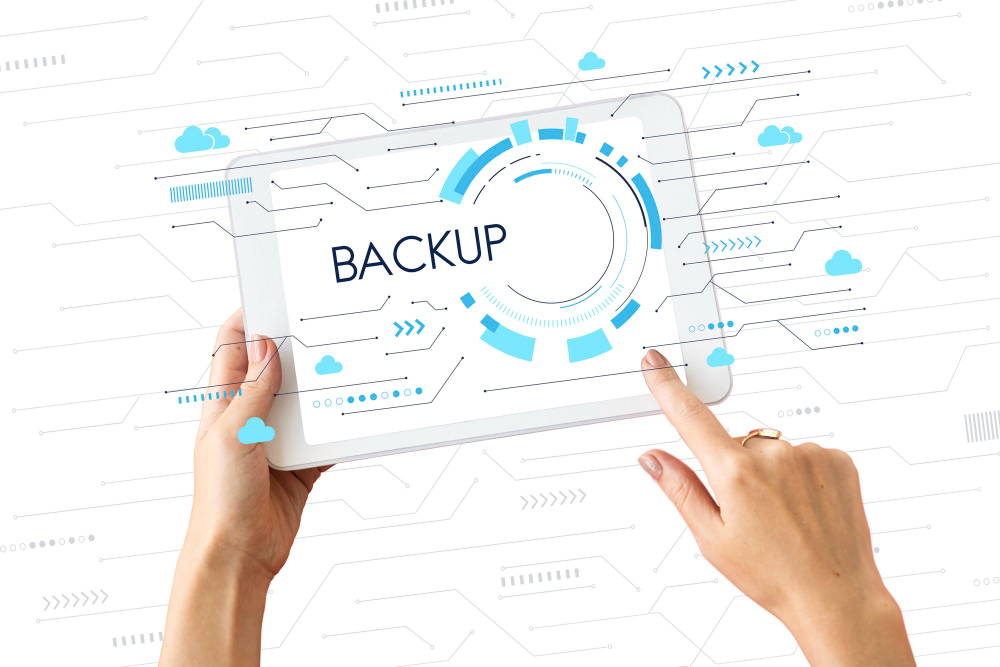
Did you know?
There are nearly 455 million WordPress sites in the world, making it the most common CMS (content management system).
The popularity of WordPress rests on its open source nature, dynamic community, user friendly interface, and ease to find plugins. But that widespread use of WordPress also comes with a security concern. The massive popularity has also made WP an easy target for threat actors. And there are many ways to breach the security of WordPress sites, including database exploits, injection attacks, and attacking the host server or OS.
Therefore, it is important to harden your WordPress website security.
To help you, here I have rounded up some key practices to secure your WordPress website.
Opt for a Quality Host:
Your website’s functionality, dependability, potential size, and even search engine ranking can all be influenced by the quality of your hosting provider. The top hosts provide a wealth of practical features, first-rate customer service, and a service customized to your preferred platform.
Your web host, as you may have anticipated, can also have a big influence on the security of your website. Selecting a reliable hosting provider has various security advantages.
Keep Your WordPress Updated:
Make sure to keep your WordPress sites updated. It is one of the basic yet important ways to deal with the potential security threats.
This entails updating for both larger point releases and significant new WordPress versions as they become available (such as an update from version 5.1.1 to 5.1.2). Every new version of WordPress includes updates to address known security flaws. If you don’t upgrade, your website is vulnerable to attacks that bad actors are already aware they can carry out.
Keep in mind that WordPress itself upgrading is only half the battle. Themes and plugins, which may also have security flaws, should also be updated.
Themes, plugins, and your WordPress deployment can all be updated automatically with the help of optional capabilities available in more recent versions of WordPress. When possible, you should enable automatic updates. If you can’t do that, make sure you always perform manual updates.

Use a Strong Password:
Choose a strong, unique password that has at least 12 characters and mixes letters, numbers and symbols. Don’t use words that are found in the dictionary or your favorite song lyrics (e.g., “MyHeartWantsToBeABrightBlue” or “I’maRunDMC”). Don’t reuse the same password for multiple sites; if you do, it’s likely to be compromised by hackers who try accessing your accounts across different websites using the same credentials!
Enable SSL to Force a Secure Connection:
If you’re using an SSL certificate, it’s important to know that this protocol is the standard for securing web sites. In other words, it’s what makes your website safe from eavesdropping and tampering by hackers.
Update your Plugins Regularly:
It’s important to keep your plugins updated. This ensures that you are using the latest version of all plugins, and also protects against potential vulnerabilities in the code.
For plugins and themes that deal with sensitive data like credit card numbers or personal records, this is especially important. Auto-updates increase the dependability of your website by ensuring that all installed software is compatible with the most recent version of WordPress in addition to offering security advantages.
You can always check what versions of each plugin are installed on your site by logging in and going to Settings > Plugins
If a plugin has been updated recently, it will have a version number next to its name (e.g., 1.9) so that you know which version is being used on your site at any given time. You should update all outdated or vulnerable versions immediately after finding out about their existence so as not to leave yourself open for attack!

Opt for Two Factor Authentication:
Two-factor authentication (2FA) is a security measure that adds an extra layer of protection to your login process. It’s most commonly used for sites that store sensitive information, such as banks and ecommerce sites. For example, when you log into your bank account online, the site will ask for a PIN code—the second factor. This means they can only access your account if they know both pieces of information: the user name and password.
There are many ways to enable two factor authentication on WordPress, including using a plugin or creating your own code.
Limit Login Attempts:
WordPress doesn’t put a cap on how many times a user may log in by guessing their password. Due to their persistence, determined hackers provide a challenge.
An example of a brute-force assault is when a hacker uses a script to repeatedly enter different password combinations until they succeed. You should restrict login attempts in order to fix this problem. These plugins were created to limit logins:
- Login Lockdown
- Limit Login Attempts
- Jetpack Protect
You can also whitelist specific IP addresses to avoid locking out forgetful customers or staff (Jetpack Protect is great for this). In order to reduce login attempts, we’ve also included proprietary security into our platform if you’re using WP Engine.
Add a CDN Level Firewall:
Any website could come under attack from bots and other malicious users. During a distributed denial of service (DDoS) attack, a server may get overwhelmed, crash, and become unavailable.
A CDN-level firewall adds an additional layer of protection by seeing and eliminating questionable traffic before it reaches the server. This can help protect your website from DDoS and other bot attacks.
A CDN-level firewall can also improve the performance of your website by caching static content and sending it to users more quickly. As a result, it makes sense to create a CDN-level firewall to improve the speed and security of your website.
Create a JavaScript Challenge:
By adding a JavaScript (JS) challenge to your login page, you can stop bots from accessing your website.
When JavaScript is enabled on the website, it serves as a security check to make sure the request is coming from a browser that can run JavaScript.
The challenge adds a little delay (less than five seconds), even if the user is not compelled to take part. This is because the browser must process the JavaScript.
Delete XML-RPC.php:
Protecting your WordPress website is as simple as deleting the XML-RPC.php file. This file gives hackers the opportunity to remotely access your WordPress website and take control of it entirely or install dangerous code.
Attackers can still access your login page via this file even if it is secured since they can make brute-force login attempts there.
Fortunately, removing the XML-RPC file is a rather easy process. To remove the file from your server, just connect via FTP to your website. After you’ve done this, be careful to update your.htaccess file to prevent any further access to the file.

Your Website Needs a Backup
It’s horrible to get hacked. Even worse is losing all of your information. Make sure WordPress and your host have a copy of your website’s data in case of an attack (or any other incident) that results in data loss. Automatic backups are also important.
Wrapping Up…
I’ve covered a lot of ground here, but it’s important to remember that security is an ongoing process when it comes to owning a WordPress website. The best way to stay up-to-date is by staying informed and keeping your website updated with the most recent patches and updates available as well as other common security practices.
What do you think? Let me know by commenting below!

Started working as a digital marketing expert, Varun Sharma is now also a well-known digital marketing speaker – a speaker on performance development, and a trusted mentor to businesses in the digital world. His keynote expositions are based on the digital marketing theories, which provide a fascinating insight into the secrets of high performance.

